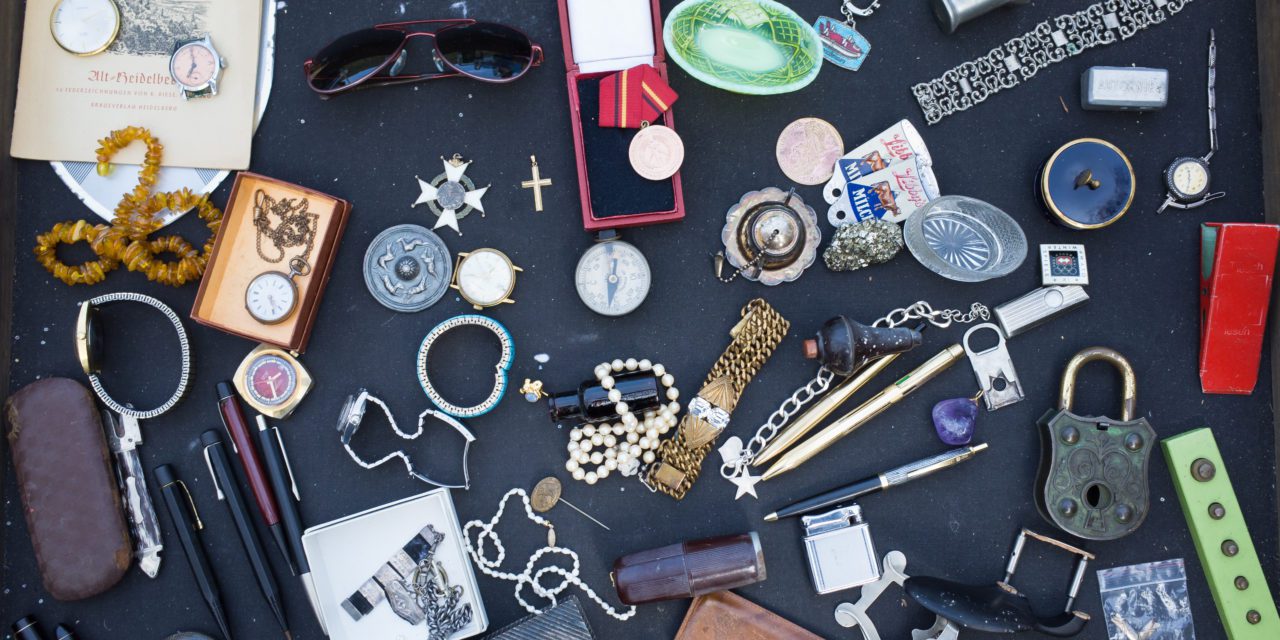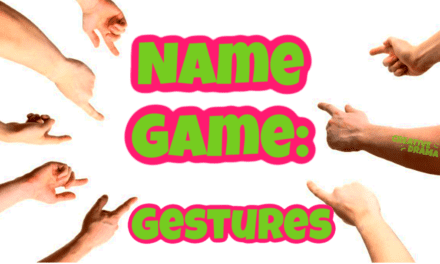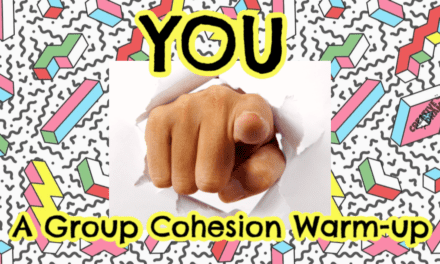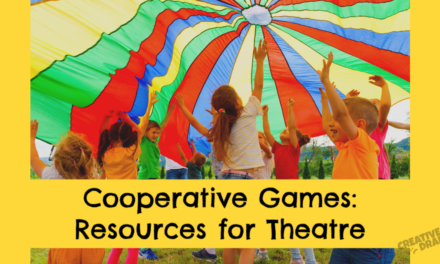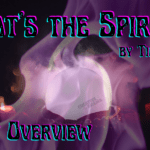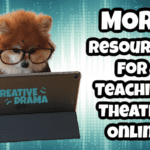In this sensory exercise, participants look at an assortment of objects for 1 minute, then try to remember and list the things they can no longer see.
Game Type: Skill Development
Age Range: 7+
Number of Participants: 2-20
Materials:
Set Up:
Prior to the exercise –
-
A selection of 20 to 50 objects (adjust for age and ability level)
-
A list of the objects (for leader reference)
-
A table (make sure it will fit all of the objects and your group can fit around it)
-
a cover for the table
-
Pens/pencils
-
Index cards/paper
- place the objects on the table
- cover the table with a cloth (In an auditorium, you could put the table upstage of the stage curtains, then open the curtains when it’s time)
- The leader explains:
- that the participants will have one minute (the time can be adjusted) to look at the objects on the table
- then they will list as many objects as they can remember in 2 (again, time can be adjusted) minutes.
- The participants are not allowed to touch any of the objects
- they cannot talk during the observation or the writing period.
- The participants stand near/around the table, and the leader pulls the cover off, saying “Go.”
- After timing a minute, the leader re-covers the table.
- The participants grab pens and index cards.
- They have 2 minutes to write down as many objects as they can remember (Remind the participants that they still cannot talk.)
- When time is up, the participants switch cards with each other.
- The leader lists all of the objects on the table, and participants mark the ones that are on the card with a check mark.
- (Show of hands) Who found it difficult to not touch the objects? Share thoughts…
- (Show of hands) Who had to resist naming the objects out loud? Share thoughts…
- Did you move around, or stay in one place?
- What techniques did you actively apply to help you remember the objects?
- What distracted you, if anything, from the task at hand?
- What else did you notice during the observation period?
- (Show of hands) When you were writing down the objects, who could “see” the items their mind? Share thoughts…
- Who had a “list” in their minds? Was it written, or aural?
- How detailed was your list? (A ball, or a red golf ball?)
- What did you focus on while writing?
- Who had an episodic memory or an emotion that arose in response to a particular object? Would anyone like to share that experience?
- unicorn knickknack
- Jolly Roger flag
- Gone with the Wind
- picture of Greta Garbo
- picture of Clark Gable
- movie tickets
- daffodils
- typewriter
- yearbook
- top hat
- book by D.H. Lawrence
- candle
- key
- $50 in Monopoly money
- seltzer water with quinine
- baseball
- Braille writing
- Shorthand alphabet
- varsity letter
- blue roses
- pirate Hat
- winter scarf
- Bust of Shakespeare
- lady’s handkerchief
- lemon
- pack of Wrigley’s gum
- macaroon cookie

